Starting with the launch of iOS 9.3, newer Apple devices have gained a feature called Night Shift, which changes the color tones of your iPhone or iPad display to a warmer hue. In this video, AppleInsider goes hands on with the handy new addition.
The reason for this is backed by actual science: research has shown that lights with blue-ish hues help to keep you awake at night by suppressing the production of melatonin. By shifting to a color tone with more yellow and red, Night Shift can actually help you get a better night's sleep.
Manually turning Night Shift on or off on a device running iOS 9.3 is simple enough: Swipe up from the bottom of the screen to invoke Control Center, and you'll find a new Night Shift quick access button at the bottom, right in between access to the timer and calculator.
Power users may want more advanced control of Night Shift, however, and Apple has thankfully included customization options in iOS 9.3. Simply open the Settings app and choose "Display & Brightness," where the new Night Shift menu can be found. From there, users can schedule it to run at certain times, just like with Apple's Do Not Disturb feature.
The automated scheduling for Night Shift also allows users to have it turn on by default at sunset, and turn off when the sun rises. This uses localized sunrise and sunset times based on the user's location and time zone.
Apple also gives the ability to adjust the color temperature to a user's liking. With a slider setting, the display colors can be made more or less warm.
Night Shift is available on the iPhone 5s or later, iPad Pro, iPad Air or later, iPad mini 2 or later, and the sixth-generation iPod touch.
For more tips, tricks and breaking news, be sure to subscribe to AppleInsider on YouTube.
 AppleInsider Staff
AppleInsider Staff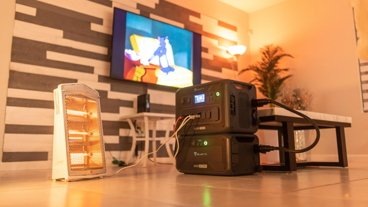
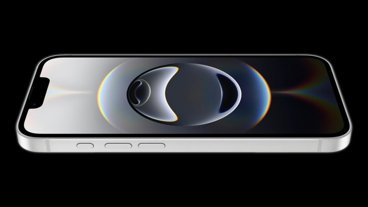
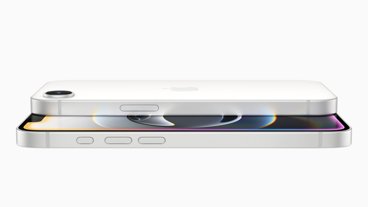
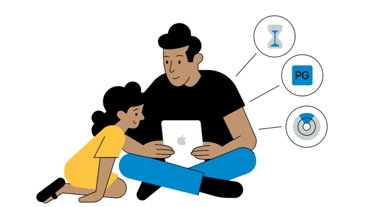
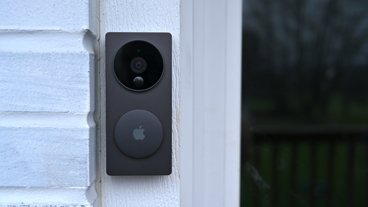
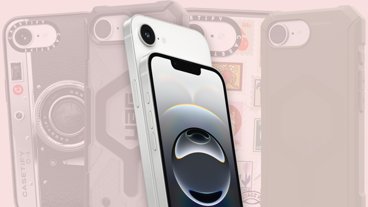
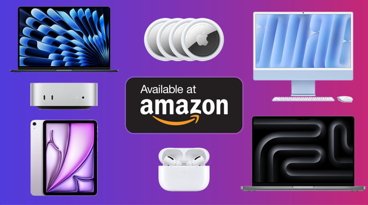
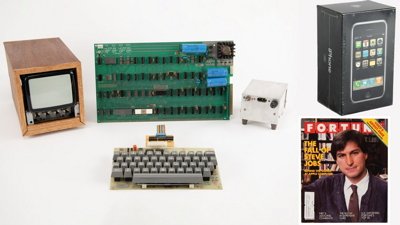
 Wesley Hilliard
Wesley Hilliard
 Oliver Haslam
Oliver Haslam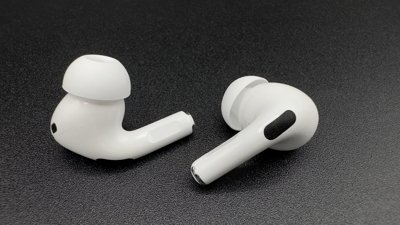
 Marko Zivkovic
Marko Zivkovic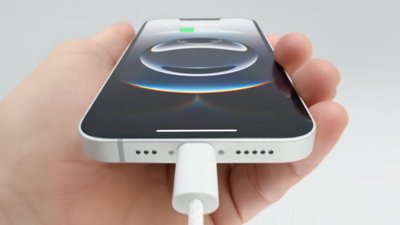
 William Gallagher
William Gallagher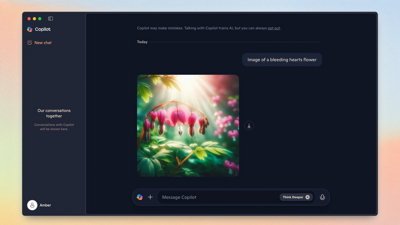
 Amber Neely
Amber Neely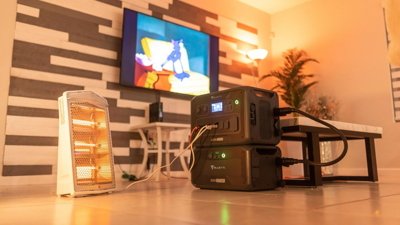
 Sponsored Content
Sponsored Content
 Christine McKee
Christine McKee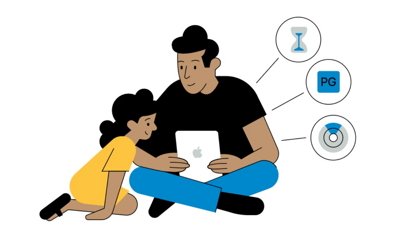
 William Gallagher and Mike Wuerthele
William Gallagher and Mike Wuerthele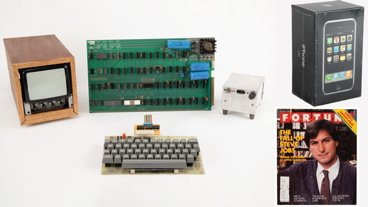
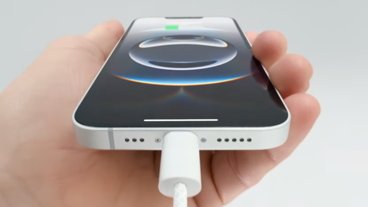

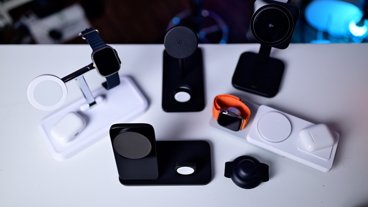

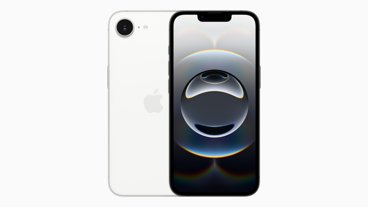

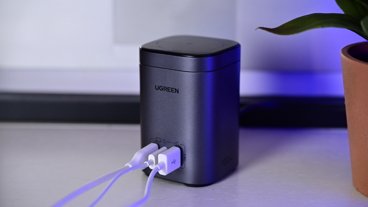
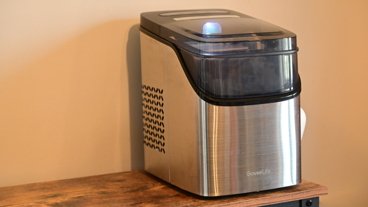

13 Comments
Wish it worked on older devices.
Wish they would add the battery low-power mode toggle to Control Center.
The thing that isn't being presented with Nightshift, either by Apple, or writers, is that as the time can be manually set, and even just turned on or off at will, is that with a proper color meter, white can be adjusted to exactly 6,500k. This is valuable when doing color work, and can't be done in any other easy way without a too complicated hardware and software solution for iOS which involves using either a Mac or Windows machine.
I didn't realize this was hard.
how about writing some articles taking Apple to task over not fixing bugs? None of the bugs I've reported are fixed in 9.3. I don't understand why this is ok. New features, but not fixes for bad behavior. Brand new product that doesn't behave as it should and no one criticises it in the media.
No, it's not just me.